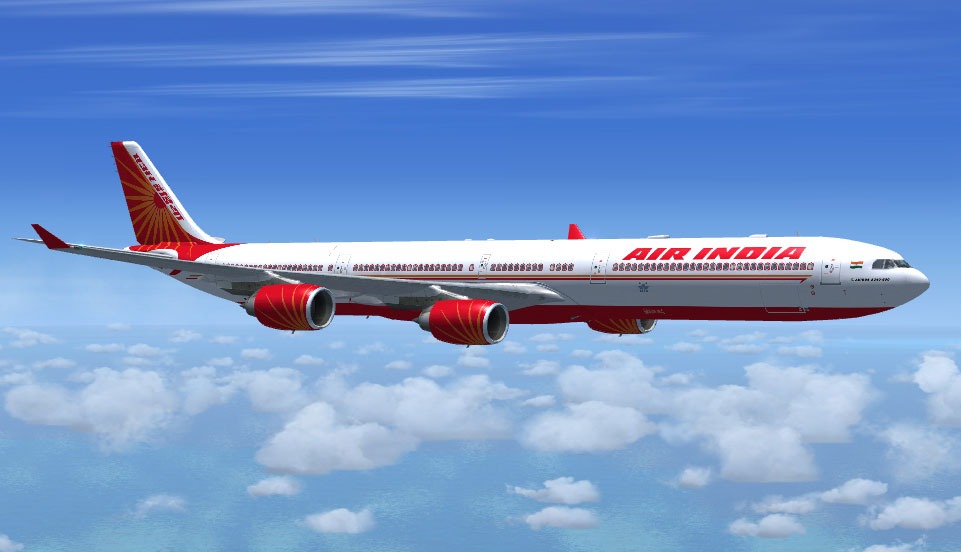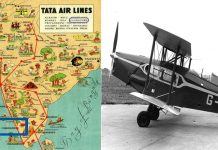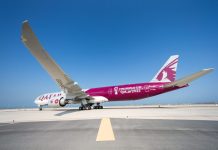What happens if an airplane runs out of fuel mid-air?
Airplanes do not drop out of the sky, even if they run out of fuel. They can glide very well. In fact, if all engines run out of gas at 39,000 feet, the airliner can glide for more than 100 miles with no engine power at all.
With no power, cabin pressure will gradually decrease, since the engines provide the pressurization. If the airplane is still at high altitude, oxygen masks will drop in the cabin so that people can breathe more easily until the airplane descends more (at high altitude, there isn’t much oxygen in the thin air). Once the airplane reaches a lower altitude, the masks are no longer necessary.
 As for how it would feel, if you’ve already traveled on an airliner, you know how it feels—because the airliner glides down to the destination airport on every flight. When it comes time to descend during a normal flight, the engines are set to idle, and the airplane glides. This is done because it uses very little fuel. It’s essentially the same way the airplane would glide if the engines were turned off, but of course in the normal case they are not shut off, they are just set to idle.
As for how it would feel, if you’ve already traveled on an airliner, you know how it feels—because the airliner glides down to the destination airport on every flight. When it comes time to descend during a normal flight, the engines are set to idle, and the airplane glides. This is done because it uses very little fuel. It’s essentially the same way the airplane would glide if the engines were turned off, but of course in the normal case they are not shut off, they are just set to idle.
Turbulence is movement that occurs in the airplane when it moves between masses of air that are moving at different speeds or in different directions. As the airplane passes from one air mass to another, it gets jostled around by the changing wind. It really doesn’t move very much (usually just a few feet), but it moves suddenly because the airplane is flying so fast. It’s harmless to the airplane, but it can be dangerous to passengers who are not wearing their seat belts when the movements occur. It’s a bit like riding in a car that is traveling fast over a bumpy road—and just as in a car, it’s a good idea to wear seat belts in a plane.

1. It would gradually descend as long as the pilot kept sufficient air speed to keep it from stalling (the point at which there isn’t enough air moving across the wing to keep it flying).
2. The rate of decent depends on the aircraft, altitude, weight, and speed. I’m not sure of specific decent rates for different aircraft, but say it was 15:1. That would mean the aircraft would move 15 feet forward for every 1 foot it dropped.
3. You wouldn’t have the sensation of falling. After the initial drop from level flight into a decent, it would be at such a shallow angle it would once again feel like level flight.
4. Most larger aircraft are equipped with an APU, or Auxiliary Power Unit. However, the APU is essentially a small jet engine, which, to my understanding, is fed from the mail fuel reserves, meaning a dry tank would render it inoperable. There are certain aircraft, such as certain Airbus models, I believe, that have an emergency APU, which is, in essence, a small windmill that can be extended from underneath the fuselage and generates a very small amount of power which can be used for cockpit lights and hydraulic controls. This, obviously, can only work while the aircraft is in motion, and would not be able to supply enough power for the pressurization system. The pressure would slowly return to the atmospheric pressure at altitude. The pilots would need to descend to a certain altitude in a certain amount of time before the entire cabin depressurized. The oxygen masks are set to deploy after the cabin pressure falls below a certain PSI, so depending on how quickly the pilots descended, it is possible oxygen would be deployed.
5. If I didn’t answer it thoroughly enough in 4, cabin pressure is maintained by an air compressor which is either powered by the main engines or the APU, and pressurizes the cabin to around 8,000ft on most commercial flights above 10,000ft. Without power from the engines or APU, the generator cannot run and will consequently lose pressure.
6. Turbulence is a pocket of disturbed air. It can be caused by numerous things such as jet wash from another aircraft or atmospheric pressure changes.


















